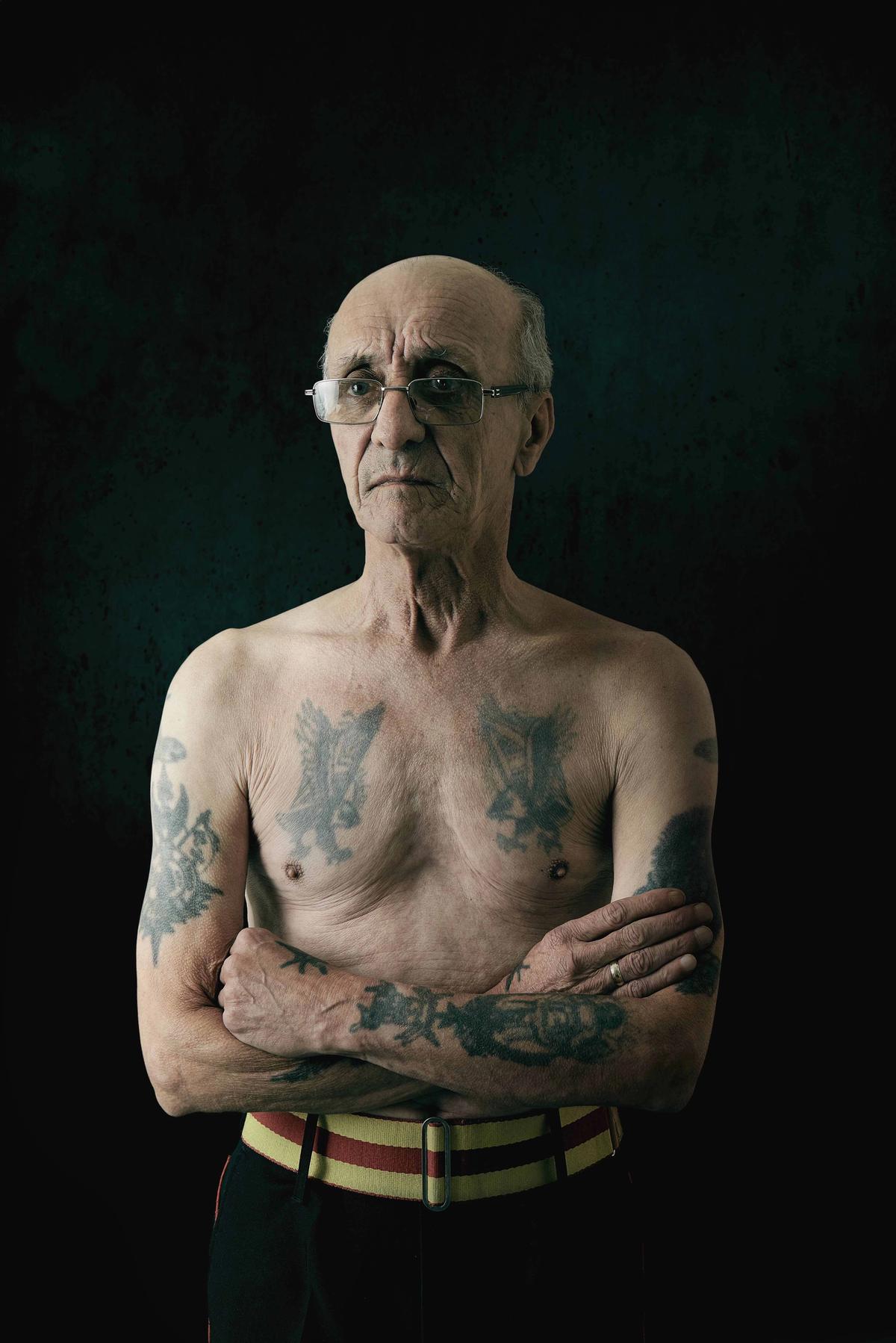It is hard to underestimate how important tattoos are for members of the armed forces community. A new show at the National Army Museum in London (Tribute Ink, 31 January-17 April) reveals the power and significance of these skin etchings, highlighting how tattoos have a long history in the UK military. The small-scale exhibition features photographs by Charlie Clift who has captured the tattoos of serving and ex-serving personnel at military bases across Britain. These very personal mementoes include a huge tattoo of the Victoria Cross emblazoned across the back of Sergeant Johnson Beharry, who was awarded the aforementioned medal for extreme heroism in 2004. A fascinating timeline also reveals little-known nuggets such as the fact that royals King Edward VII and King George V both got tattoos abroad. The most intriguing insights come from the famous Chelsea Pensioners based at the nearby Royal Hospital Chelsea. These include Jack Pilkington, 72, who joined the Army aged 15 (over the next 19 years , he collected 14 tattoos during service in Hong Kong and Cyprus). His observations show that the attitude towards tattoos has not always been accepting. “Pilkington remarked that if a new tattoo became infected… the Army classed it as a self-inflicted wound and punished accordingly,” says an accompanying text. The exhibition is co-organised by The Royal British Legion and the National Memorial Arboretum.
Diaryblog
Skin deep: armed forces comrades bare their tattoos at the National Army Museum
30 January 2020

Chelsea Pensioner Jack Pilkington courtesy Charlie Clift photography

